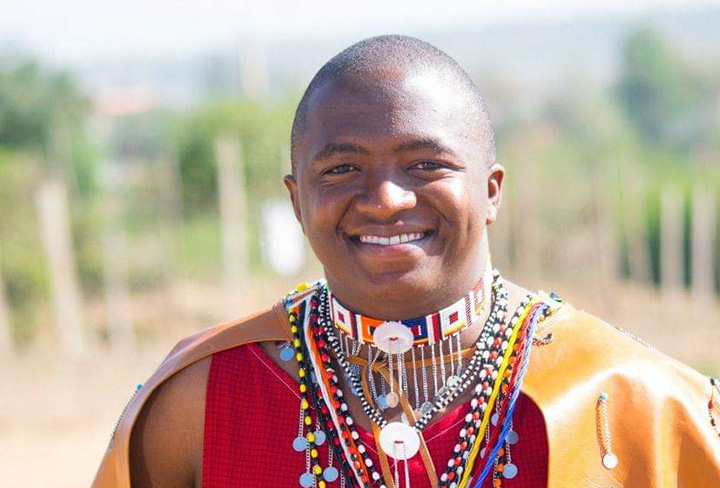
By Lemayian Ole Kereto
DANIEL MULI has been in the conservation space in the Maasai Mara for a long time. And when MMWCA was set up in late 2013, he crossed over to continue doing what he has mastered over the years. He curently serves as Senior Programmes Officer in charge of Governance. MOSES LEMAYIAN asked him a few questions about his journey with MMWCA over the last decade.
When did you join MMWCA, and what was your role?
I joined MMWCA on January 1, 2014, as a Project Manager for a project Mara North Conservancy contracted MMWCA to implement, funded by the Obel Family Foundation.
What necessitated the formation of MMWCA?
Conservancies needed a voice. At the time, eight conservancies were operating independently of each other. When Kenya enacted the Wildlife Conservation and Management Act in 2013, like-minded individuals, among them Dickson Ole Kaelo, Daniel Sopia, Dr Lars Lindkvist, and Francis Nkoitoi came together to form MMWCA in late 2013 as an association with the eight conservancies being members.
How has MMWCA grown, and what transformation has it undergone over the last decade?
Looking back, MMWCA has grown exponentially over the last ten years and ignited change in the Mara landscape benefitting member conservancies, landowners and tourism partners alike.
We started with eight conservancies and have almost tripled that number in the last ten years.
We started as two staff members at a desk at Mara North Conservancy; today, the team has grown to over thirty staff, boasting diverse expertise critical for this landscape with a fully-fledged office, systems and robust structures. We left Mara North Conservancy when the Obel Family Foundation assignment ended and moved to Nairobi and later to Narok Town. Three years ago, we moved all our operations to Mara Base, Aitong’, where we serve our membership and the ecosystem.
In terms of funding, we began with a contractual assignment for Mara North Conservancy, funded by Obel Foundation. We then got assistance from Asilia Giving and later received substantial funding from the United States Agency for International Development (USAID) through The Nature Conservancy TNC) under a programme called “Community Conservancies Seed Grant Program in Maasai Mara.” We have since benefitted from funding from the Norwegian Agency for International Development, The Norwegian Agency for International Cooperation and Quality Enhancement in Higher Education, The Liechtenstein Global Trust, Summa Foundation, Basecamp Explorer Foundation Kenya, The BAND Foundation, Kenya Wildlife Trust, Maliasili, Tusk Trust, WWF, Dyreparken, Climate Justice and Resilience Fund, among others.
What for you does the future of MMWCA look like?
MMWCA’s future is big, promising, and the world is ready for what the future holds for the organisation. Our member conservancies are approaching self-sustainability thanks to the governance restructuring undertaken by MMWCA. We are now moving into new sustainable and diversified avenues to fund conservation. Our relationship with the County Government of Narok is renewed and meaningful. This relationship has helped us better engage and plan the landscape with a unity of purpose.
Which opportunities have been made possible by MMWCA in the landscape?
MMWCA has surpassed the expectations set ten years ago. The Association has secured land for biodiversity conservation, improved conservancies’ governance and ignited women and youth empowerment. Today, we have women, youth and men working in conservation at all levels: from junior to management. When MMWCA started, Doris Nairesiae was the assistant programme manager of the Obel project. She transitioned to Olchorro Oirowua Conservancy, serving as the conservancy manager today. The Association has also helped to unlock employment opportunities which were a preserve for a few elites. Now the Maasai Mara community receives a share of the jobs available in camps, lodges and conservancies.
You were with MMWCA during the COVID pandemic. What was that like?
vancies could not sustain operations as revenue dried up. However, MMWCA, working with core partners, deployed a crisis mitigation strategy and raised funds to help keep conservancies afloat during the crisis period. The Association also worked with partners to unlock cheap loans to partially enable the tourism partners to meet their lease obligations.
Lemayian is MMWCA’s Senior Communications Officer; moses@maraconservancies.org




